 538990
538990
Holiday Dishes
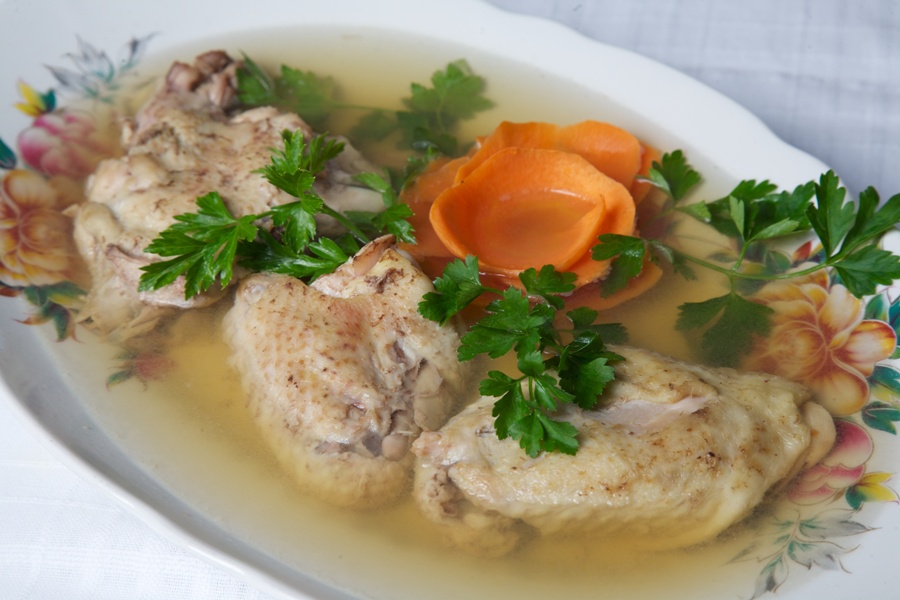
Traditional dishes from the local Moldavian cuisine can be classified by the purpose of their serving for specific holidays: during the fasting, or different events. For these occasions, the food is prepared in large quantities. In accordance with the tradition, delicious and diverse food is prepared for baptisms, weddings, funerals, and calendar holidays. Meals for family rites differ from the ordinary ones by their quantity, quality, preparation technology, as well as their function - some dishes and products were used as attributes in a number of rituals.
By the end of the XX-th century there were about 30 known recipes intended for family rituals; since then their number has increased. Among them are:
• Delicatessen: jellied meat, pastrami, ham, headcheese (saltison), meat rolls, mititei, salads, eggplant appetizer, roasted peppers, baskets with cheese and garlic, stuffed fish, etc.
• Hot dishes include: cabbage rolls, cutlets, roast meat, liver cutlets (chighiri), stuffed chicken, pies, dark baba (spongelike cake), bright baba, etc.
• Desserts: variety of pastries, cakes, cooked prunes stuffed with walnuts, baked apples, and more.
Hot dishes, mostly made from meat, take an honorable place on the holiday table. Since ancient times, the bread occupies the main place on the table, it's an important part of the family and holiday rituals. Ritual bread is made in form of rolls (colac) of different shapes and sizes. For example, the wedding bread for the bride and groom and for their parents was bigger than that of the rest of the guests, it was braided in 4, 6, 8, braids, and each of them had its own purpose. Also the bread baked for the winter holidays and Easter also differs.
For Christmas, the New Year, and the village temple festival (Hramul satului) the Moldavians, cook a lot of meat and vegetable dishes along with a variety of rolls (colaci).
If winter holidays mostly feature pork dishes, Easter's signature dishes are baked lamb, roast lamb, fresh unsalted sheep's cheese, etc. The main elements of Easter table are Pascha, kulich, lamb, and Easter eggs.
Many Moldavian dishes and products are known outside the country. Among them are cabbage rolls, Moldavian pies (plăcinte), rolls with sheep cheese, wine, and much more.
În contextul lansării programului ”Satul European”, ce probleme vitale există în localitatea dumneavoastră?
- Statut:
- Sat
- Prima atestare:
- 1649
- Populația:
- 2183 locuitori
Albineţul Vechi este un sat şi comună din raionul Făleşti. Din componenţa comunei fac parte localităţile Rediul de Sus, Rediul de Jos, Albineţul Vechi și Albineţul Nou. Localitatea se află la distanța de 5 km de orașul Fălești și la 131 km de Chișinău. La recensămîntul din anul 2004, populaţia satului constituia 2183 de oameni. Satul Albineţul Vechi a fost menționat documentar în anul 1649.





 15 noiembrie - Calendarul celor mai importante evenimente din trecut și prezent
15 noiembrie - Calendarul celor mai importante evenimente din trecut și prezent 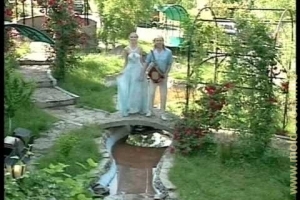 MELODIA ZILEI: Anatol şi Irina Bivol - Ileana și Constantin
MELODIA ZILEI: Anatol şi Irina Bivol - Ileana și Constantin 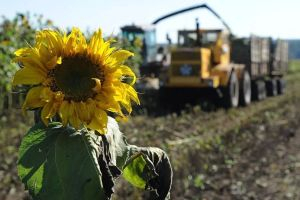 Loviți de secetă! Fermierii au obținut o recoltă mai mică de floarea-soarelui
Loviți de secetă! Fermierii au obținut o recoltă mai mică de floarea-soarelui  Moldografia: Clădirea conacului moșiei Vila Mîndîc
Moldografia: Clădirea conacului moșiei Vila Mîndîc  Persoanele cu maladii oncologice beneficiază mai rapid de investigații de înaltă…
Persoanele cu maladii oncologice beneficiază mai rapid de investigații de înaltă…  Adunarea ţării în Moldova la 582 de ani
Adunarea ţării în Moldova la 582 de ani  În municipiul Chișinău va fi inaugurat Centrul de Monitorizare a Traficului
În municipiul Chișinău va fi inaugurat Centrul de Monitorizare a Traficului  Marica Balan – o legendă a scenei
Marica Balan – o legendă a scenei 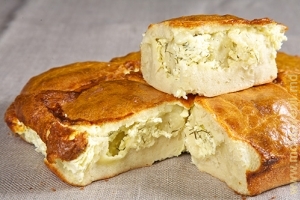 REŢETA ZILEI: Cumaci - pîine cu umplutură de brînză
REŢETA ZILEI: Cumaci - pîine cu umplutură de brînză  Dimitri Ciubașenko: „Maia Sandu încearcă să oprească căderea sa ulterioară”
Dimitri Ciubașenko: „Maia Sandu încearcă să oprească căderea sa ulterioară”  Moldovenii – temelia ţării
Moldovenii – temelia ţării  Vladimir Panfilov: „În 1992 nu a existat suficientă înțelepciune pentru a negoci…
Vladimir Panfilov: „În 1992 nu a existat suficientă înțelepciune pentru a negoci… 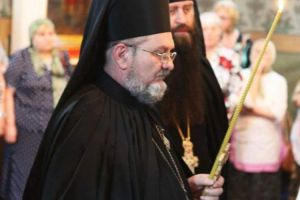 71 de ani de la nașterea protoiereului mitrofor, Mihail Panas
71 de ani de la nașterea protoiereului mitrofor, Mihail Panas  Rîul Ciuhur de la izvor pînă la vărsare (Slideshow)
Rîul Ciuhur de la izvor pînă la vărsare (Slideshow)  16 noiembrie - Calendarul celor mai importante evenimente din trecut și prezent
16 noiembrie - Calendarul celor mai importante evenimente din trecut și prezent  Ce evenimente culturale vor avea loc în ziua de 16 noiembrie
Ce evenimente culturale vor avea loc în ziua de 16 noiembrie  Moldografia: Vedere spre satul Pociumbeni, Rîșcani
Moldografia: Vedere spre satul Pociumbeni, Rîșcani  Victoria moldovenilor la Cătlăbuga
Victoria moldovenilor la Cătlăbuga 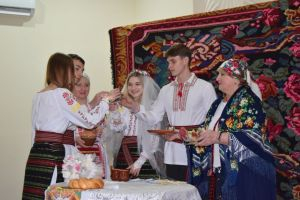 Liceul „Ștefan cel Mare” și muzeul Drochia, împreună pentru a păstra tradițiile…
Liceul „Ștefan cel Mare” și muzeul Drochia, împreună pentru a păstra tradițiile…  Cum pot fi utilizate frunzele uscate
Cum pot fi utilizate frunzele uscate 